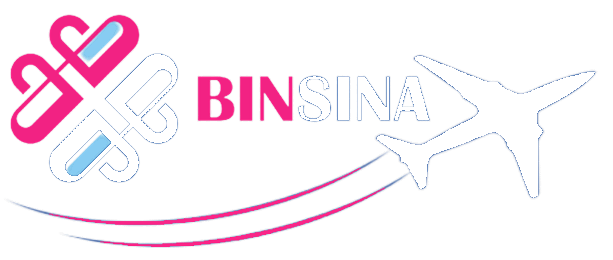The cauda equina is a bundle of nerves that spread out from the bottom of the spinal cord.
Cauda equina syndrome is the medical term for a group of symptoms that happen when some of the nerves in the cauda equina get squeezed or damaged.
What are the symptoms of cauda equina syndrome? The symptoms of cauda equina syndrome include:
●Pain, numbness, or tingling in the lower back and spreading down 1 or both legs
●Leg weakness or a problem called “foot drop,” which is when you cannot seem to hold your foot up (for example, while walking)
●Problems with bowel or bladder control
●Problems with sex
What causes cauda equina syndrome? To understand the causes of cauda equina syndrome, it’s helpful to first learn a little about the back and spine.
The back is made up of:
●Vertebrae – A stack of bones that sit on top of one another like a stack of coins. Each of these bones has a hole in the center. When stacked, the bones form a hollow tube that protects the spinal cord.
●Spinal cord and nerves – The spinal cord runs through the vertebrae. Nerves branch from the spinal cord and pass in between the vertebrae. From there they connect to the arms, the legs, and the organs. (This is why problems in the back can cause leg pain or bladder problems.)
●Discs – Rubbery discs sit in between each of the vertebrae to add cushion and allow movement. The discs that sit between the vertebrae have a tough outer shell and jelly-like center. The outer shell of the discs can sometimes break open, spilling the jelly material inside. This is what doctors call a “herniated disc.”
●Muscles, tendons, and ligaments – Together the muscles, tendons, and ligaments are called the “soft tissues” of the back. These soft tissues support the back and help hold it together.
Cauda equina syndrome can happen because of changes in the back that affect the nerves. For example, cauda equina syndrome can happen because of:
●A herniated disc – The material from a ruptured disc can press on or irritate the nerves in the cauda equina.
●Infection or inflammation – Different types of infection or inflammation can damage or irritate nerves in the cauda equina.
●Cancer – In people with cancer, tumors can form within the spine and press on the nerves in the cauda equina.
●Spinal stenosis – Spinal stenosis is a condition in which the vertebrae form bumps called bone spurs. These bumps can squeeze or press on the nerves in the cauda equina. In people with spinal stenosis, the discs between the vertebrae also tend to dry up and shrink. That causes the space between the vertebrae to get smaller, sometimes pinching nerves.
Should I see a doctor or nurse? Yes, if you have symptoms of cauda equina syndrome, see a doctor or nurse right away. Cauda equina syndrome is a medical emergency.
Will I need tests? Yes. Your doctor or nurse will need to find out what is causing your symptoms. You will likely have an MRI. This is an imaging test that can create detailed pictures of the spinal cord and nearby tissues.
How is cauda equina syndrome treated? Treatment for cauda equina syndrome involves treating whatever is affecting the nerves and causing the symptoms. Often, that means having surgery to remove bits of bone or discs, or tumors. If the cause of the cauda equina syndrome is a tumor, radiation to shrink the tumor might be an option. If the cause is an infection or inflammation, medicines to treat those problems might be needed.
